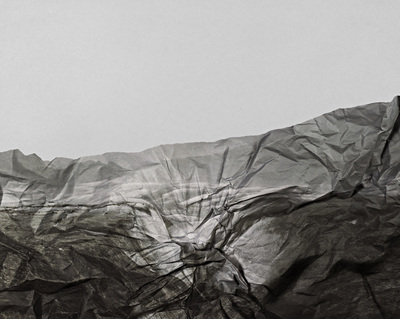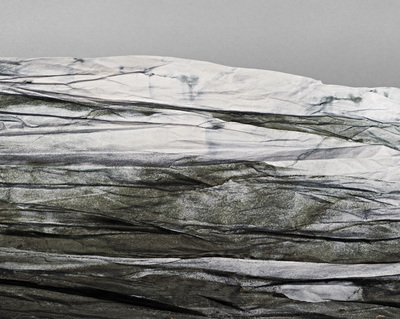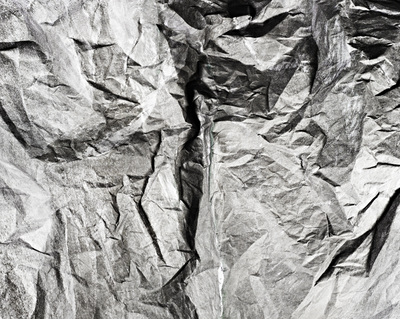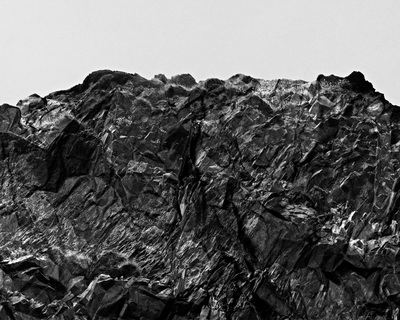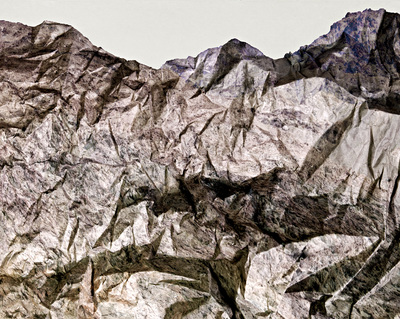Lesson 1
- Check homework # 3 is complete and uploaded.
- Complete Case Study on Albert Renger-Patszch / New Objectivity
Lesson 2 :
- Camera Skills (focus control, depth of field, focal length)
- Photoshop skills
Lesson 3:
- Camera Skills (ISO / WB / Exposure settings)
- Photoshop skills
Lesson 4:
- Complete blog posts on camera skills / photoshop skills
- Analysis skills (look at key example)


Click this PDF link for a range of resources and that we will be exploring to help you generate new and different ideas whilst learning what ABSTRACT PHOTOGRAPHY can be and how to use your camera and adapt your photographs…
AS Photography UNIT 1 resources
Camera Skills
You must experiment with ease of these skill areas and produce a blog post on each that includes evidence of your experiments and successes…
The images should be of an abstract nature, and show an appreciation of abstract qualities such as line, shape, colour, form, texture, pattern, repetition, symmetry
- Using Auto-Focus
- Using Manual Focus
- Using focus points
- White Balance
- ISO
- Aperture
- Focal Length
- Depth of Field
- Fast / Slow Shutter Speed
Photoshop Skills
- Cropping
- Selections
- Adjustments and corrections
- Transforming an image
- Layer control
- Image size / canvas size
- Double exposures
- Opacity control
- Blending layer / options
Working towards a vision…
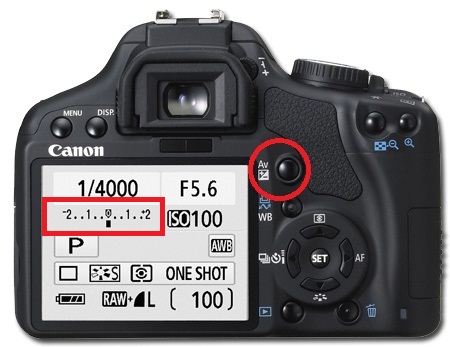
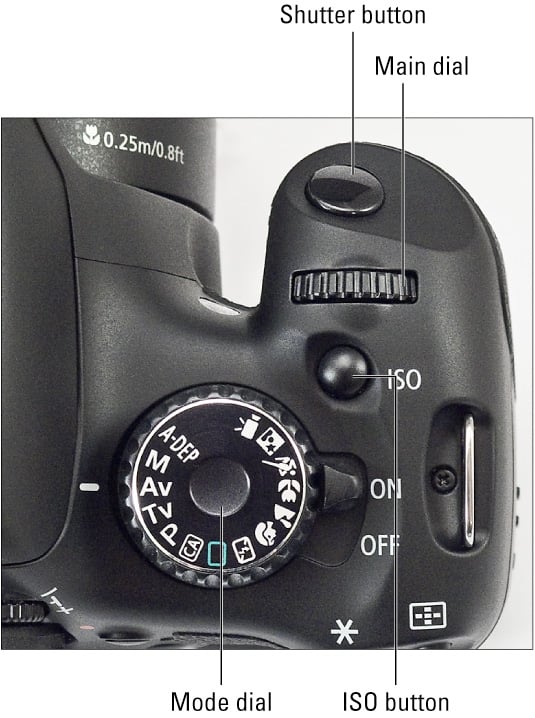
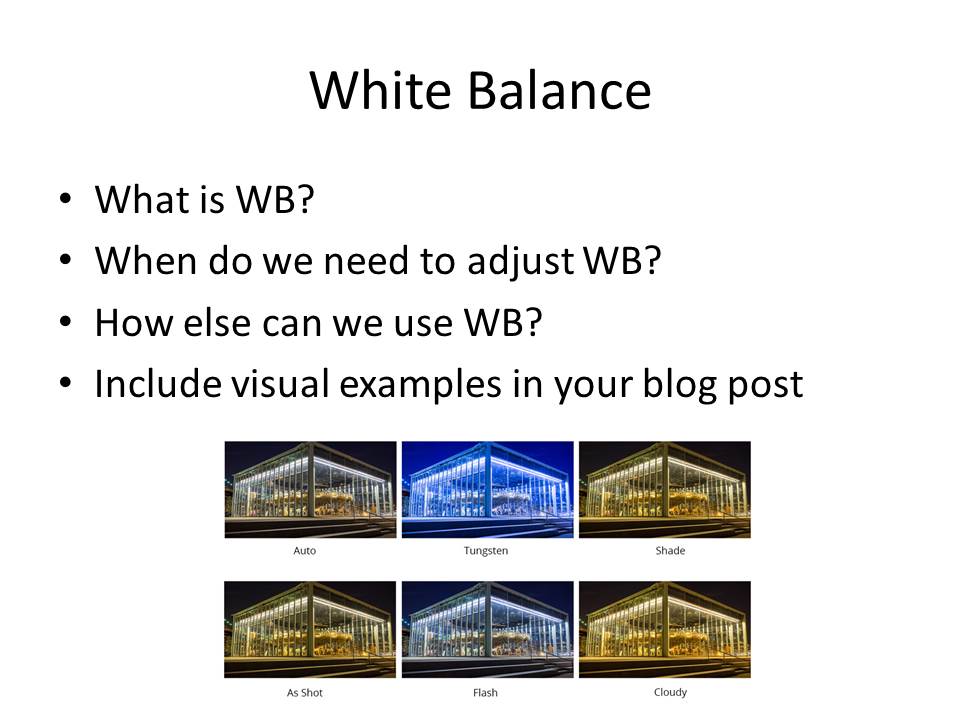
Use this method to analyse key images


Rule of Thirds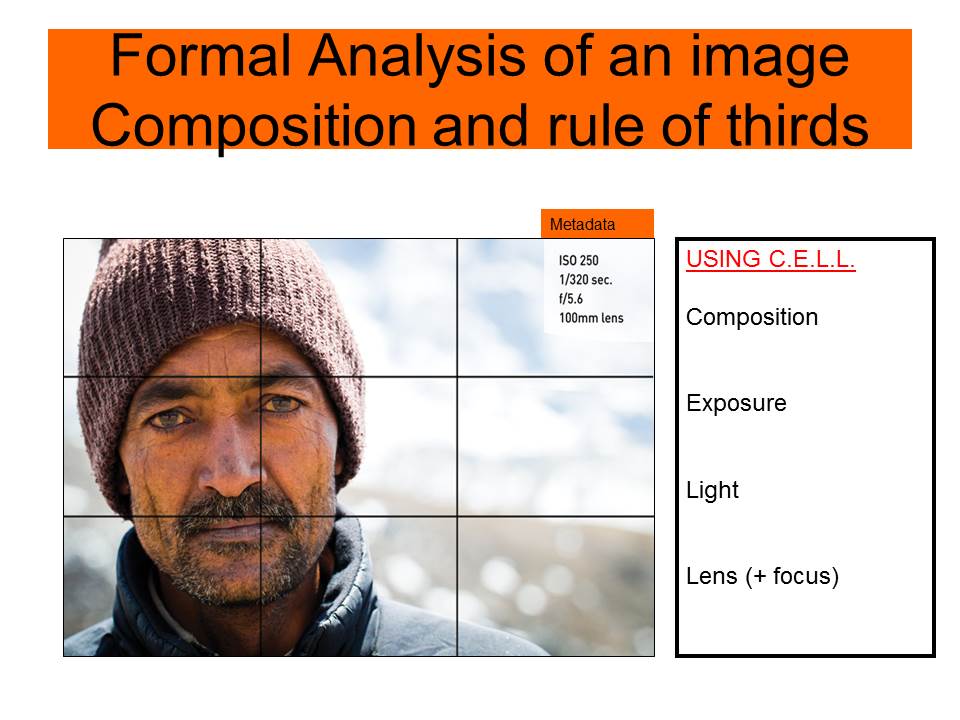
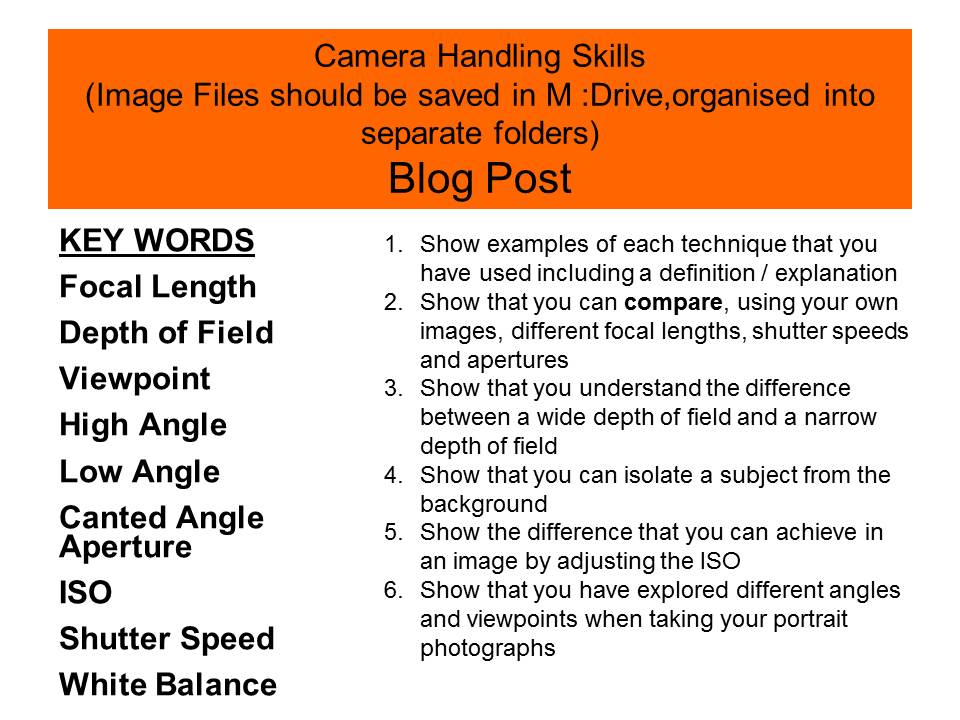
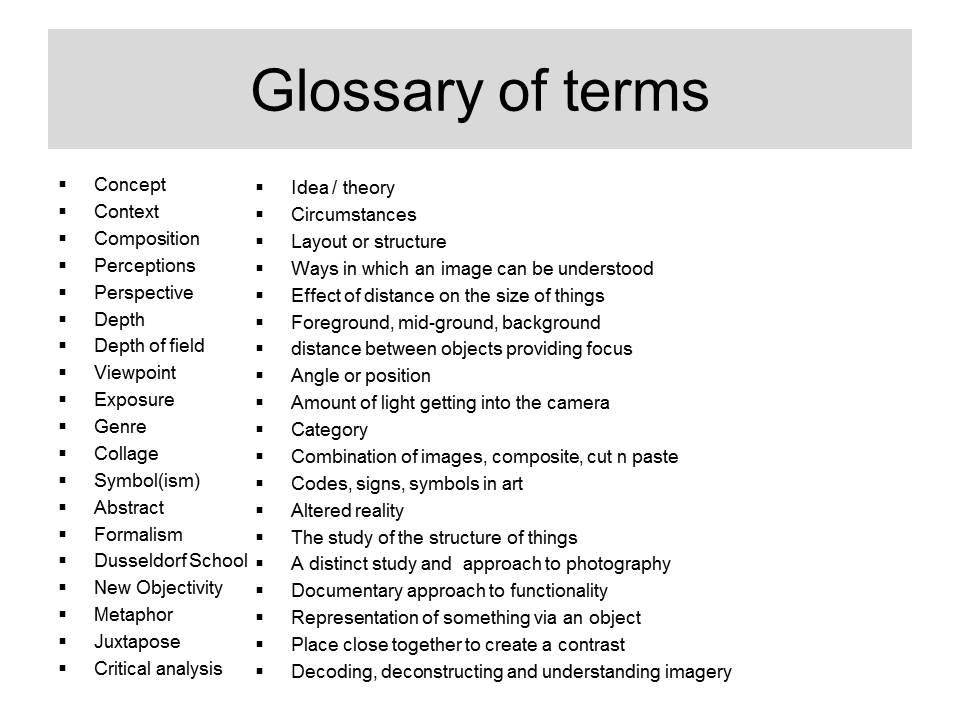
James WellingAlthough these images, entitled ‘Abstract Photographs‘ resemble sheets of paper they are, in fact, made from filo (phyllo) pastry dough. The artist explains: “A lot of my work is intuitive and comes from just trying different things. With the money from the sale of my first aluminum foil photograph, I bought a wooden 8-by-10 camera and started photographing draped cloth. At the same time I was also photographing crumpled shards of dry phyllo dough. Without much premeditation, I combined the two, and sprinkled dough on the draped cloth. Against the dark fabric, the dough suggested, perhaps, torn book pages from the diary I’d photographed, or geological debris fallen from above.” Welling has also experimented with other unlikely materials such as tinfoil, gelatin and ceramic tiles.
|
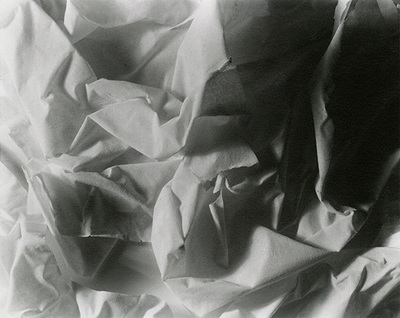
Brendan AustinBrendan Austin creates imaginary landscapes out of crumpled pieces of paper. He calls them ‘Paper Mountains‘. Austin examines what we mean by nature and the way humans have impacted upon it. “The isolated desert city running on oil generators, the mars like landscapes of a volcanic environment and the mountains made from paper all attempt to start a conversation concerning the loss of meaning and reality.” The resulting images appear both recognisable as landscapes but also suggest a sense of artifice. Humble materials are made to carry an important message.
|
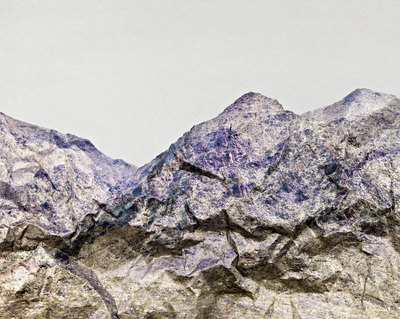
Example instructions
You could:
- Research the history of abstraction in photography. Check out the images on this Pinterest board. Watch this video discussion about the history of abstraction in photography. Watch this vodcast which explores some famous and not so famous examples of photographic abstraction.
- Write a short introduction explaining your understanding of abstraction in photography.
- Choose a quotation that helps you to think about the meaning of abstraction in art and photography.
- Find your own resources and document them on your web page or in your book with a description of what you have learned from them.
- Create a series of Galleries featuring the work of Francis Bruguière, Jaroslav Rössler, Vjeko Sager, Jerry Reed, Tamara Lorenz and James Welling including your understanding of their work in the context of abstraction.

